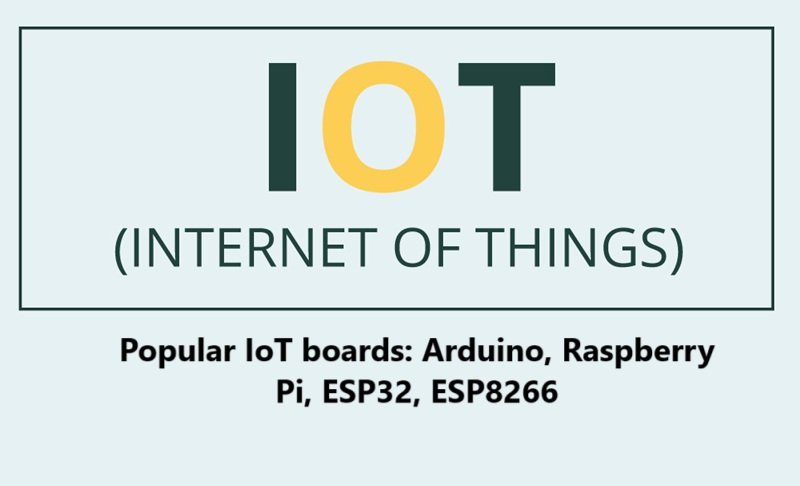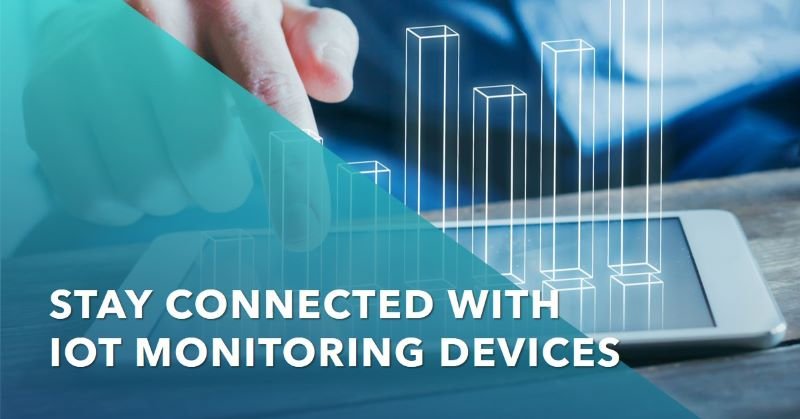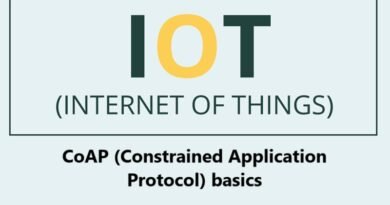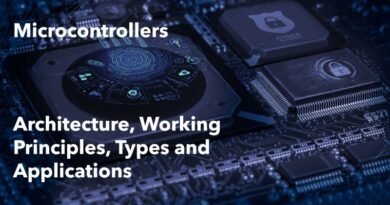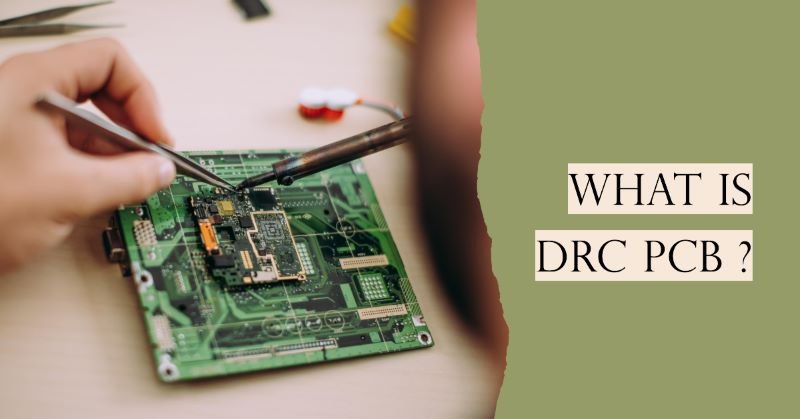Popular IoT Boards: Arduino, Raspberry Pi, ESP32, and ESP8266
The Internet of Things (IoT) is revolutionizing how devices connect and communicate. At the core of many IoT projects are development boards that make it easy to prototype and build solutions. Among the most popular IoT boards are Arduino, Raspberry Pi, ESP32, and ESP8266. These boards vary in capabilities, making them suitable for different kinds of projects. Let’s explore each of these boards in detail to understand their features and use cases.
1. Arduino: The Beginner-Friendly Option
What Is Arduino?
Arduino is a microcontroller platform known for its simplicity and ease of use. It is open-source, meaning anyone can use, modify, and share its designs. Arduino boards are widely used by hobbyists, students, and professionals for creating interactive projects.
Key Features
- Microcontroller-Based: Uses microcontrollers like ATmega328 (on the Arduino Uno).
- User-Friendly IDE: The Arduino Integrated Development Environment (IDE) simplifies programming.
- Versatility: Supports a wide range of sensors and modules.
- Open-Source Hardware: Community-driven support and resources.
Popular Models
- Arduino Uno: The most popular board, great for beginners.
- Arduino Mega: Offers more input/output pins for advanced projects.
- Arduino Nano: A compact version of the Uno, ideal for smaller projects.
Use Cases
- Smart home devices like automated lights and fans.
- Prototyping simple IoT devices.
- Educational projects for learning electronics and coding.
2. Raspberry Pi: The Mini Computer
What Is Raspberry Pi?
Raspberry Pi is a small, affordable computer that can run a full operating system (OS), such as Linux. Unlike Arduino, which is a microcontroller, Raspberry Pi is a microprocessor-based board, making it more powerful and versatile.
Key Features
- Full OS Support: Runs operating systems like Raspberry Pi OS and Ubuntu.
- Multiple Ports: Includes USB, HDMI, Ethernet, and GPIO pins.
- Wireless Connectivity: Most models have built-in Wi-Fi and Bluetooth.
- High Processing Power: Capable of handling complex tasks like video streaming and machine learning.
Popular Models
- Raspberry Pi 4: The latest model with up to 8GB RAM.
- Raspberry Pi Zero: A compact, low-cost version.
- Raspberry Pi 3: Still popular for many IoT applications.
Use Cases
- Smart home hubs for controlling multiple devices.
- Media centers for streaming movies and music.
- Advanced IoT projects like facial recognition systems.
3. ESP32: The All-in-One IoT Board
What Is ESP32?
ESP32 is a powerful IoT board designed by Espressif Systems. It integrates Wi-Fi and Bluetooth capabilities, making it an excellent choice for wireless IoT applications. It is also energy-efficient, making it ideal for battery-powered projects.
Key Features
- Dual-Core Processor: Offers high performance for multitasking.
- Built-In Wi-Fi and Bluetooth: No need for additional modules.
- Low Power Consumption: Ideal for energy-efficient projects.
- Rich Peripheral Support: Includes multiple GPIO pins, ADCs, and PWM outputs.
Popular Variants
- ESP32-WROOM-32: Standard version with robust features.
- ESP32-S2: Focused on low power and security.
- ESP32-C3: Combines RISC-V architecture with IoT features.
Use Cases
- Smart appliances like connected coffee makers and air purifiers.
- Wearable devices like smartwatches.
- Home automation systems.
4. ESP8266: Affordable and Compact
What Is ESP8266?
ESP8266 is another IoT board from Espressif Systems, known for its affordability and compact size. Although less powerful than ESP32, it is widely used in projects requiring basic IoT functionality.
Key Features
- Built-In Wi-Fi: Easy wireless connectivity.
- Low Cost: One of the most budget-friendly IoT boards.
- Small Form Factor: Ideal for compact projects.
Popular Modules
- ESP-01: The smallest and simplest version.
- NodeMCU: Combines ESP8266 with additional features like USB support.
- Wemos D1 Mini: A compact board with added functionality.
Use Cases
- Basic IoT projects like temperature monitoring and light control.
- Low-cost home automation.
- Remote sensors and data loggers.
Comparing the Boards
| Feature | Arduino | Raspberry Pi | ESP32 | ESP8266 |
|---|---|---|---|---|
| Type | Microcontroller | Microprocessor | Microcontroller | Microcontroller |
| Wi-Fi | Add-on required | Built-in (most) | Built-in | Built-in |
| Bluetooth | Add-on required | Built-in (most) | Built-in | Not available |
| Operating System | None | Yes | None | None |
| Cost | Affordable | Moderate | Affordable | Very low |
| Power | Low | Moderate | Low | Very low |
Conclusion
Choosing the right IoT board depends on your project’s requirements. Arduino is perfect for beginners and simple projects. Raspberry Pi suits more complex applications that need high processing power. ESP32 offers excellent wireless connectivity and performance for advanced IoT systems, while ESP8266 is a cost-effective choice for basic IoT tasks. Understanding these boards’ strengths and limitations will help you make the best choice for your IoT projects.
